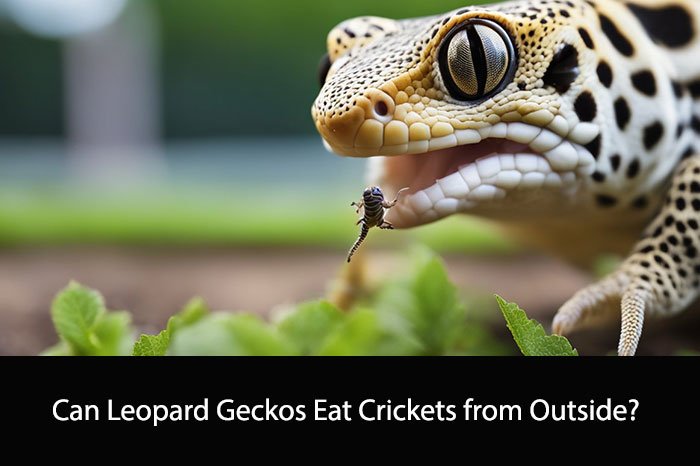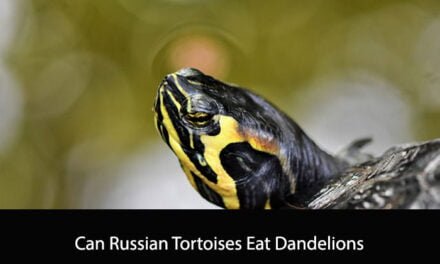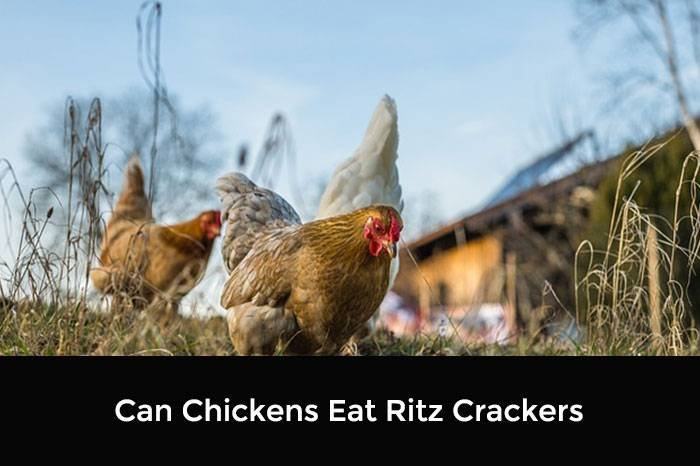Leopard geckos are popular pets that require a balanced and nutritious diet to thrive. In the wild, they feed on a variety of insects, including crickets. However, when it comes to feeding leopard geckos in captivity, there is often confusion about whether it is safe to feed them crickets from outside. In this article, we will explore this topic in detail and provide you with the information you need to make an informed decision.
Feeding leopard geckos crickets from outside can be risky as it can expose them to various diseases and parasites. Crickets from pet stores are typically raised in a controlled environment and fed a nutritious diet, which reduces the risk of them carrying harmful pathogens. On the other hand, crickets from outside can carry diseases and parasites that can be harmful to your gecko’s health. Therefore, it is important to be cautious when feeding your leopard gecko crickets from outside.
Leopard Gecko Dietary Basics

Leopard geckos are insectivores, which means they primarily eat insects. In captivity, they are commonly fed crickets, mealworms, and waxworms. In this section, we will discuss the nutritional requirements of leopard geckos and their feeding frequency and amount.
Nutritional Requirements
Leopard geckos require a balanced diet to maintain good health. They need a variety of nutrients, including protein, fat, vitamins, and minerals. Insects are a good source of protein and fat, but they do not provide all the necessary nutrients. Therefore, it is important to supplement their diet with calcium and vitamin D3.
Calcium is essential for strong bones and muscles. Leopard geckos require calcium in their diet to prevent metabolic bone disease. Vitamin D3 helps the body absorb calcium. Without it, calcium cannot be properly utilized by the body. Therefore, it is important to provide leopard geckos with a source of UVB light to help them produce vitamin D3.
Feeding Frequency and Amount
Leopard geckos should be fed every other day. They should be offered as many insects as they can eat in 15-20 minutes. It is important not to overfeed leopard geckos, as this can lead to obesity and other health problems.
The size of the insects should be appropriate for the size of the leopard gecko. Juvenile leopard geckos should be fed smaller insects, such as pinhead crickets or small mealworms. Adult leopard geckos can be fed larger insects, such as adult crickets or superworms.
In conclusion, leopard geckos require a balanced diet and proper feeding frequency and amount to maintain good health. It is important to supplement their diet with calcium and vitamin D3 and to provide them with appropriately sized insects.
Safety of Wild Crickets

When it comes to feeding leopard geckos, crickets are one of the most popular options. However, it’s important to consider the safety of wild crickets before offering them to your pet.
Pesticide Exposure
Wild crickets may have been exposed to pesticides, which can be harmful to leopard geckos if ingested. Pesticides are chemicals used to kill insects and other pests, and they can remain on plants and in the soil for a long time after application.
To minimize the risk of pesticide exposure, we recommend avoiding wild crickets and instead purchasing them from a reputable supplier. If you do decide to catch wild crickets, make sure to wash them thoroughly before feeding them to your leopard gecko.
Parasite Risk
Wild crickets may also carry parasites, such as mites, ticks, and worms. These parasites can be harmful to leopard geckos and can cause a range of health problems.
To reduce the risk of parasite transmission, we recommend avoiding wild crickets and instead purchasing them from a reputable supplier. If you do decide to catch wild crickets, make sure to inspect them carefully for any signs of parasites before feeding them to your leopard gecko.
In conclusion, while wild crickets may be a tempting food source for leopard geckos, it’s important to consider the potential risks associated with feeding them. By purchasing crickets from a reputable supplier and avoiding wild crickets, you can help ensure the safety and health of your pet.
Benefits of Feeding Captive-Bred Crickets
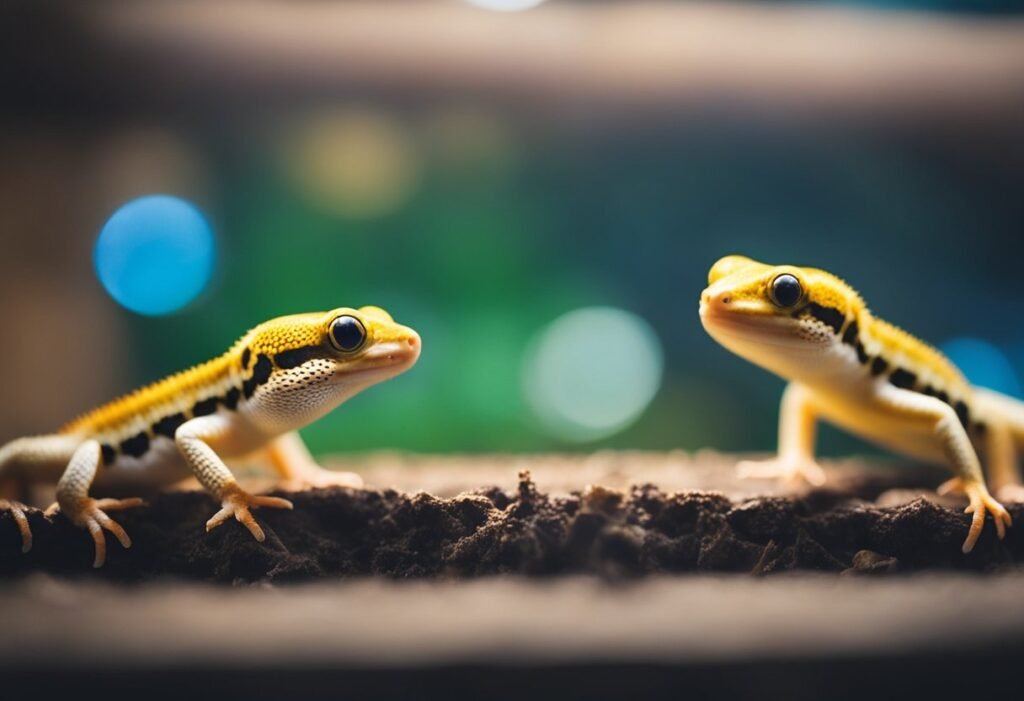
When it comes to feeding leopard geckos, there are many options available, including feeding them crickets that are caught outside. However, there are several benefits to feeding captive-bred crickets that should be considered.
Firstly, captive-bred crickets are bred in controlled environments and are less likely to carry diseases or parasites that wild-caught crickets may have. This can help prevent health issues in leopard geckos and reduce the risk of infections.
Additionally, captive-bred crickets are typically fed a nutritious diet that is specifically designed for them, ensuring that they are a healthy food source for leopard geckos. This can help ensure that leopard geckos are receiving all the necessary nutrients they need to thrive.
Furthermore, captive-bred crickets are often raised in clean and hygienic environments, which can help prevent the spread of bacteria and other harmful pathogens that can be found in wild-caught crickets.
Overall, feeding captive-bred crickets to leopard geckos can provide a safe and nutritious food source that can help promote their overall health and well-being.
Identifying Safe Prey
When feeding leopard geckos, it is important to choose safe and healthy prey. Crickets are a popular food choice for leopard geckos, but not all crickets are safe for consumption. In this section, we will discuss how to identify safe prey for your leopard geckos.
Size and Species of Crickets
When selecting crickets for your leopard geckos, it is important to consider the size and species of the crickets. Crickets that are too large can pose a choking hazard for your geckos, while crickets that are too small may not provide enough nutrition.
As a general rule, crickets should be no larger than the width of your leopard gecko’s head. Additionally, it is important to choose crickets that are appropriate for your gecko’s size. For example, juvenile geckos can eat smaller crickets, while adult geckos may require larger crickets.
In terms of species, it is best to stick with common house crickets (Acheta domesticus) or banded crickets (Gryllodes sigillatus). These species are readily available and have been found to be safe for leopard geckos.
Observing Cricket Behavior
Another important factor to consider when selecting crickets for your leopard geckos is the behavior of the crickets. Crickets that are stressed or sick may not be safe for consumption.
When selecting crickets, observe their behavior. Healthy crickets should be active and alert, with no signs of lethargy or sluggishness. Additionally, it is important to avoid crickets that are missing legs or have other physical deformities.
By taking these factors into consideration, you can ensure that the crickets you feed your leopard geckos are safe and healthy.
Preparing Outdoor Crickets for Feeding
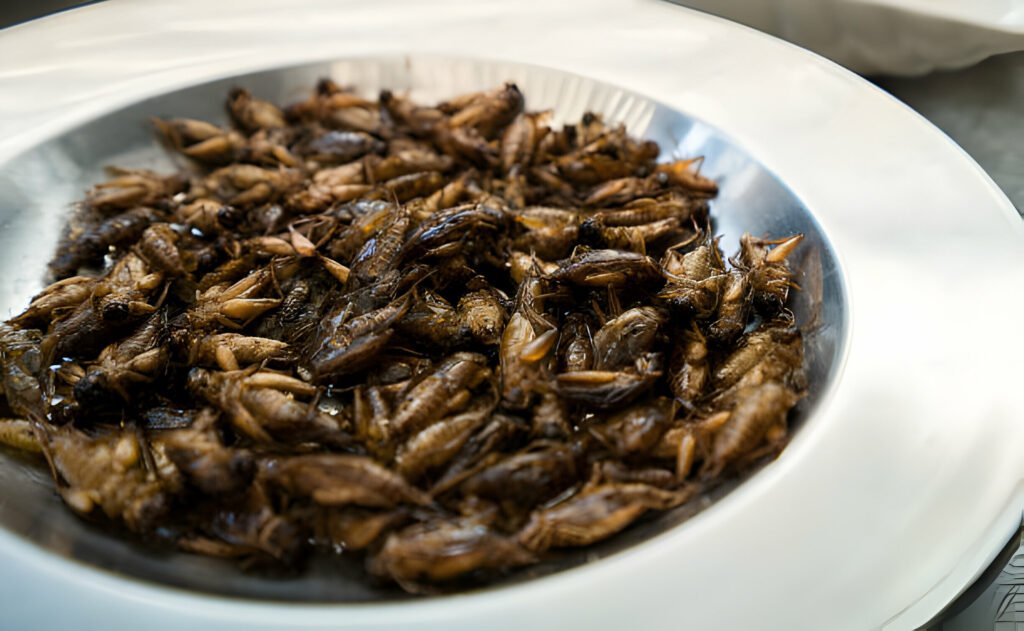
When feeding leopard geckos, it is important to provide them with a varied diet that includes live insects. One of the most common insects fed to leopard geckos is crickets. While it is possible to purchase crickets from pet stores, some owners prefer to collect crickets from outside. Here are some tips for preparing outdoor crickets for feeding.
Quarantine Procedures
Before feeding outdoor crickets to your leopard gecko, it is important to quarantine them. This is because wild crickets may carry parasites or diseases that can be harmful to your pet. We recommend keeping the crickets in a separate container for at least a week before feeding them to your leopard gecko. During this time, observe the crickets for any signs of illness or parasites. If you notice anything unusual, do not feed the crickets to your leopard gecko.
Gut-Loading and Hydration
To ensure that the crickets are nutritious for your leopard gecko, it is important to gut-load them. This means feeding the crickets a nutritious diet before feeding them to your pet. We recommend feeding the crickets a diet of fresh fruits and vegetables, such as carrots, apples, and leafy greens. Additionally, it is important to keep the crickets hydrated by providing them with a source of water, such as a damp sponge or cotton ball.
In conclusion, feeding outdoor crickets to your leopard gecko can be a great way to provide them with a varied diet. However, it is important to follow proper quarantine procedures and to gut-load and hydrate the crickets before feeding them to your pet. By following these tips, you can ensure that your leopard gecko stays healthy and happy.
Alternatives to Outdoor Crickets

If you are unable to obtain outdoor crickets for your leopard gecko, there are several commercially available feeder options that can provide similar nutritional benefits. Additionally, introducing diverse diet enrichment can also help ensure your leopard gecko receives a well-rounded diet.
Commercially Available Feeders
There are several commercially available feeder options that can be used as an alternative to outdoor crickets. These include:
- Mealworms: Mealworms are a common feeder insect that can be purchased at most pet stores. They are high in protein and fat, making them a good option for leopard geckos. However, they should be fed in moderation as they have a tough exoskeleton that can be difficult to digest.
- Waxworms: Waxworms are another feeder insect that can be purchased at most pet stores. They are high in fat and low in protein, so they should be fed sparingly. However, they can be a good treat for leopard geckos.
- Dubia Roaches: Dubia roaches are a good alternative to crickets as they are high in protein and low in fat. They are also easy to digest and have a soft exoskeleton, making them a good option for leopard geckos.
Diverse Diet Enrichment
In addition to commercially available feeders, introducing diverse diet enrichment can also help ensure your leopard gecko receives a well-rounded diet. This can include:
- Gut-loading: Gut-loading is the process of feeding your feeder insects a nutritious diet before feeding them to your leopard gecko. This can help ensure your leopard gecko receives the necessary vitamins and minerals.
- Calcium and vitamin supplementation: Leopard geckos require calcium and vitamin supplementation to maintain proper health. This can be achieved through dusting your feeder insects with calcium and vitamin supplements before feeding them to your leopard gecko.
- Live prey: Introducing live prey, such as small crickets or mealworms, can provide enrichment for your leopard gecko. This can help stimulate their natural hunting instincts and provide mental stimulation.
Overall, there are several alternatives to outdoor crickets that can provide similar nutritional benefits for your leopard gecko. By incorporating diverse diet enrichment and commercially available feeders, you can ensure your leopard gecko receives a well-rounded diet.
Frequently Asked Questions
Is it safe for leopard geckos to consume wild-caught crickets?
We do not recommend feeding wild-caught insects to your leopard gecko. Wild-caught crickets may carry parasites or diseases that could harm your pet. It’s best to purchase crickets from a reputable pet store or breeder.
What alternative insects are suitable as food for leopard geckos?
Leopard geckos can be fed a variety of insects, including mealworms, superworms, dubia roaches, and black soldier fly larvae. It’s important to provide a varied diet to ensure your gecko receives all the necessary nutrients.
Can leopard geckos be fed fruits or vegetables, and if so, which ones?
Leopard geckos are primarily insectivorous and do not require fruits or vegetables in their diet. However, some owners may offer small amounts of fruits such as mango or papaya as a treat. Vegetables should be avoided as they do not provide the necessary nutrients for leopard geckos.
Are nightcrawlers a healthy diet option for leopard geckos?
Nightcrawlers are not recommended as a staple diet for leopard geckos. They are high in fat and low in calcium, which can lead to health problems. Stick to feeding your gecko a variety of insects to ensure they receive a balanced diet.
What treats are recommended for leopard geckos?
Leopard geckos can be offered treats such as waxworms or hornworms in small amounts. However, treats should not make up a significant portion of their diet as they are high in fat.
How long is it appropriate to leave live crickets in a leopard gecko’s habitat?
Live crickets should be removed from your leopard gecko’s habitat after 15-20 minutes to prevent them from hiding or escaping. Any uneaten crickets should be removed to prevent them from bothering your gecko or causing stress.

